After thinking of my uncles tattoo I decided to try experimenting with bleed. Left to Right; one colour dry pen-to three colour dry pen- A light brushing of water-Water colour paint- total drenching. One of the pens is still far too crisp and black at the end of submerging in water. More experiment required with different mediums.

The phrase ‘Play Pompey’ is said to originate as a Navy term meaning to ‘wreck havoc’. Although this can not be verified.
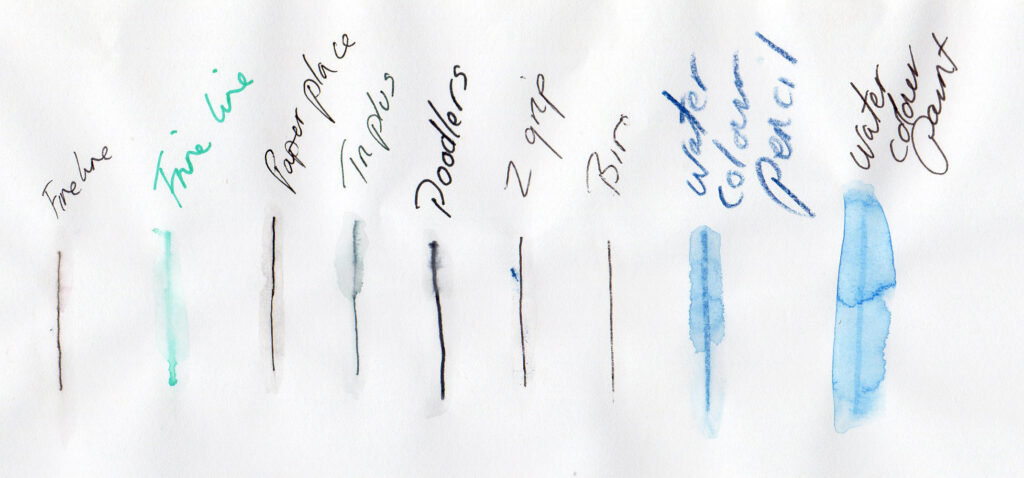
Before trying the anchor I brushed water over different pen marks to see which would look the best. Initially I thought watercolour pencil would spread too much, but after experimenting with the anchor drawing it may be most effective.
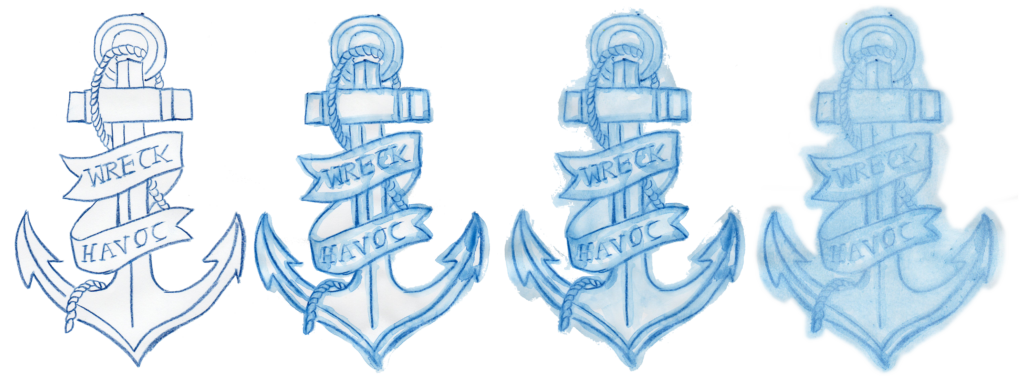
I purchased some leather offcuts for the next part of my experiment. I chose leather because it is skin, and tattoos are on skin not paper. When the leather arrived it proved to be incredibly thick. I purchased some shammy leather, which should be more pliable .
Traditional Method
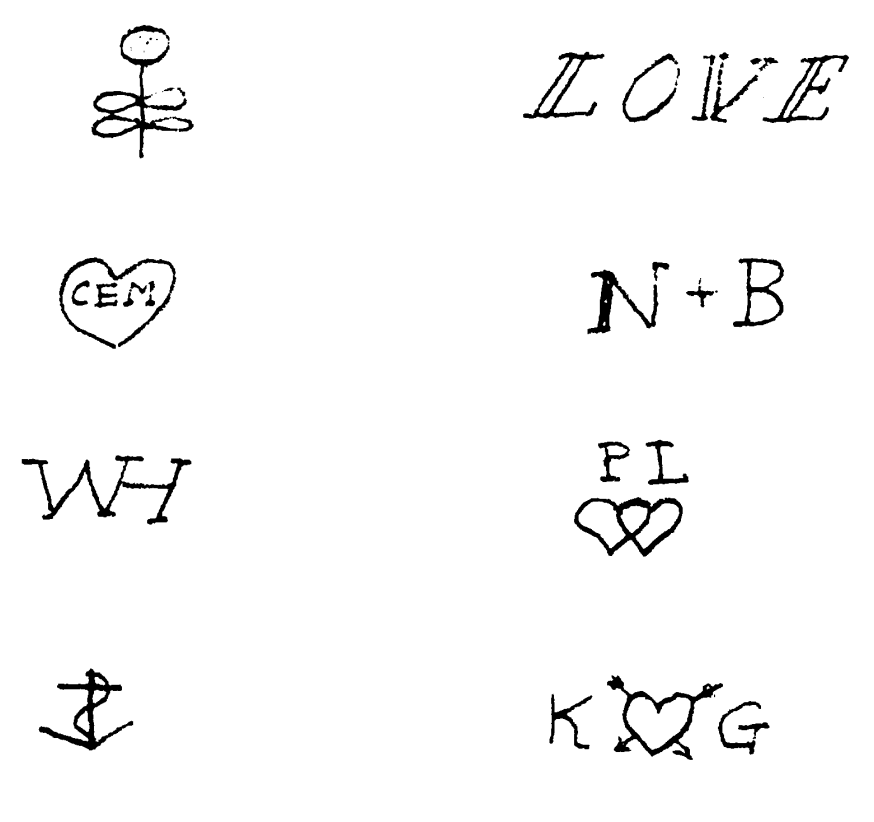
The above image comes from American sailors protection certificate, an early form of mariners passport. The tattoos were sketched and described by clerks issuing the documents that helped identify the sailors. They are not dissimilar to my earlier interpretations of tattoos.
A traditional method of tattooing was using a needle and thread and sew the tattoo into the skin. Pigment was added by by dipping the thread in soot or seal oil. Or by using a sharp needle point to poke the skin. I may not be able to use seal oil, but soot should be relatively easy to come by. Soot could be substituted by charcoal. This experimenting with bleed was time consuming and inaccurate.
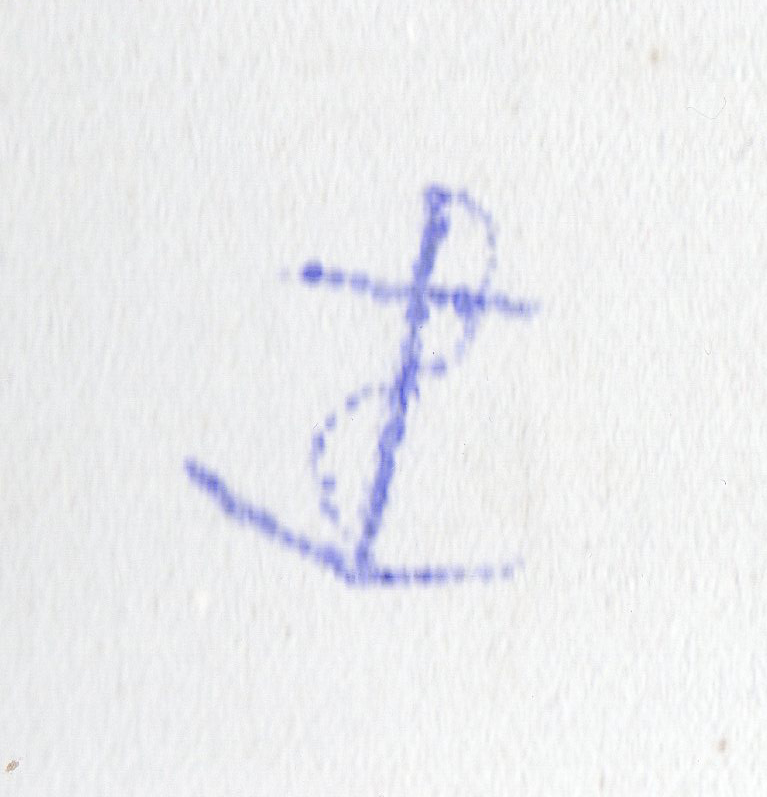
Using a pin and ink to recreate a simple tattoo on fabric. This pin prick technique is an historic way of marking the body that has been practised for thousands of years.
Like every other art form, technology has been utilised to create intricate and accurate work for the tattoo artist. It’s not just a steady hand but programable precision robotics that enable some of the tattoo creations of today.
Semiotics Superstition and Seafaring
Thinking on my dog walk, but no magpies this morning! I have come up with a title for my paper; Semiotics, Superstition and Seafaring. There is great symbolism in much of the ancient world of seafaring. This symbolism is attached not only to tattoos and maps but to many stories, artefacts, and rituals.
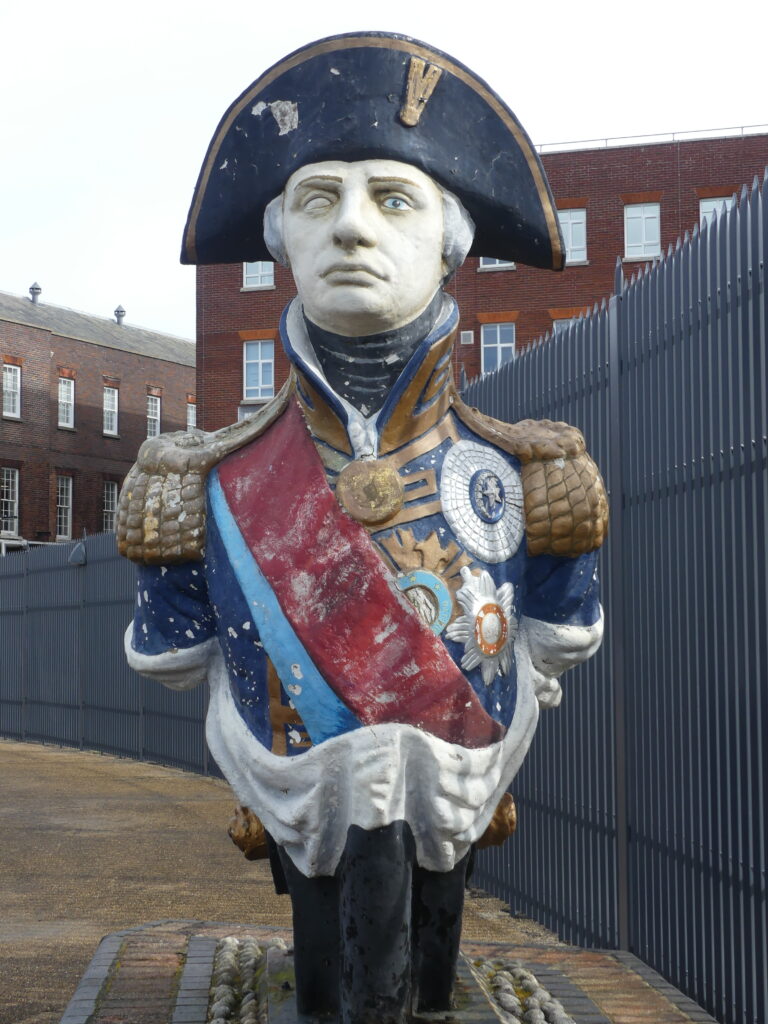
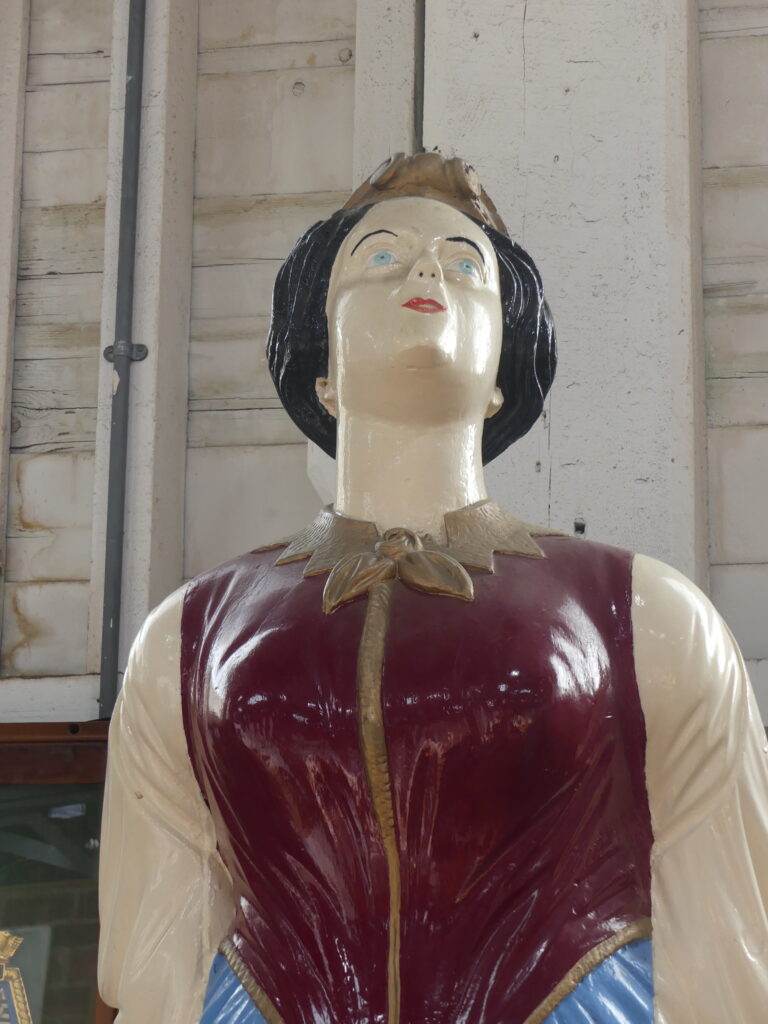
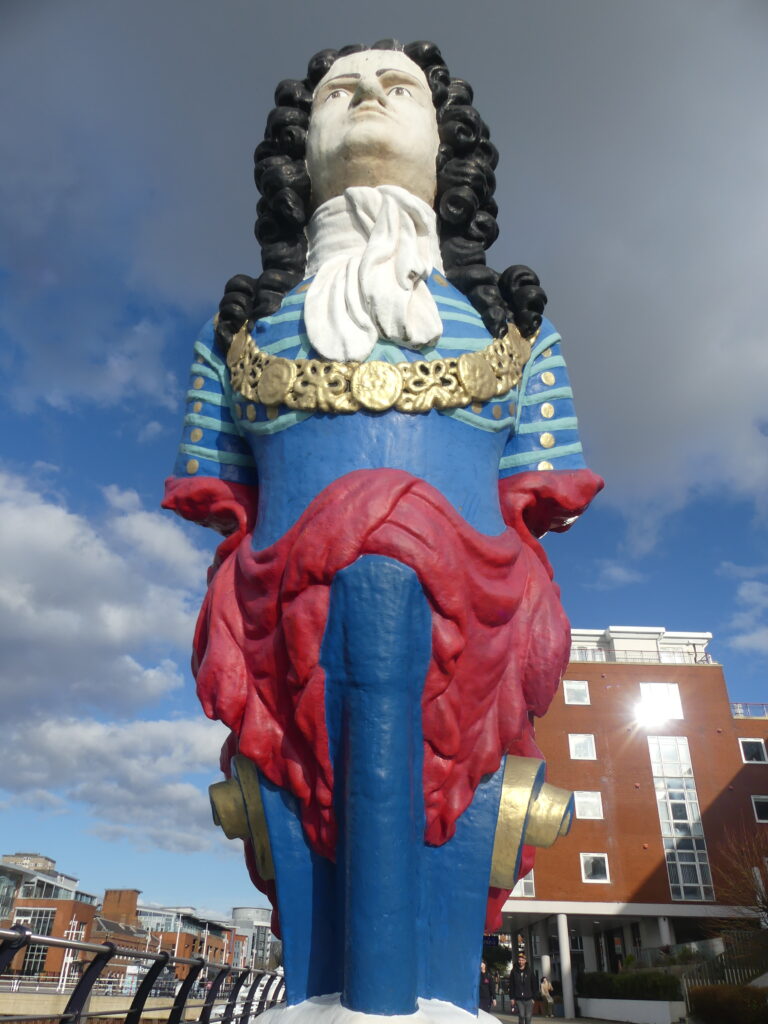
The figurehead on the ship is always represented with eyes open. This is to see the way. Figureheads were often women, who were said to calm the waves. They are not used in contemporary times, except in the realm of the superyacht.
